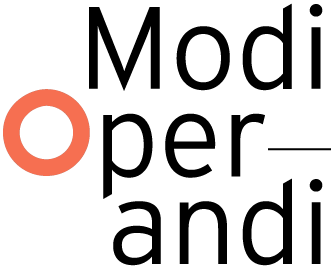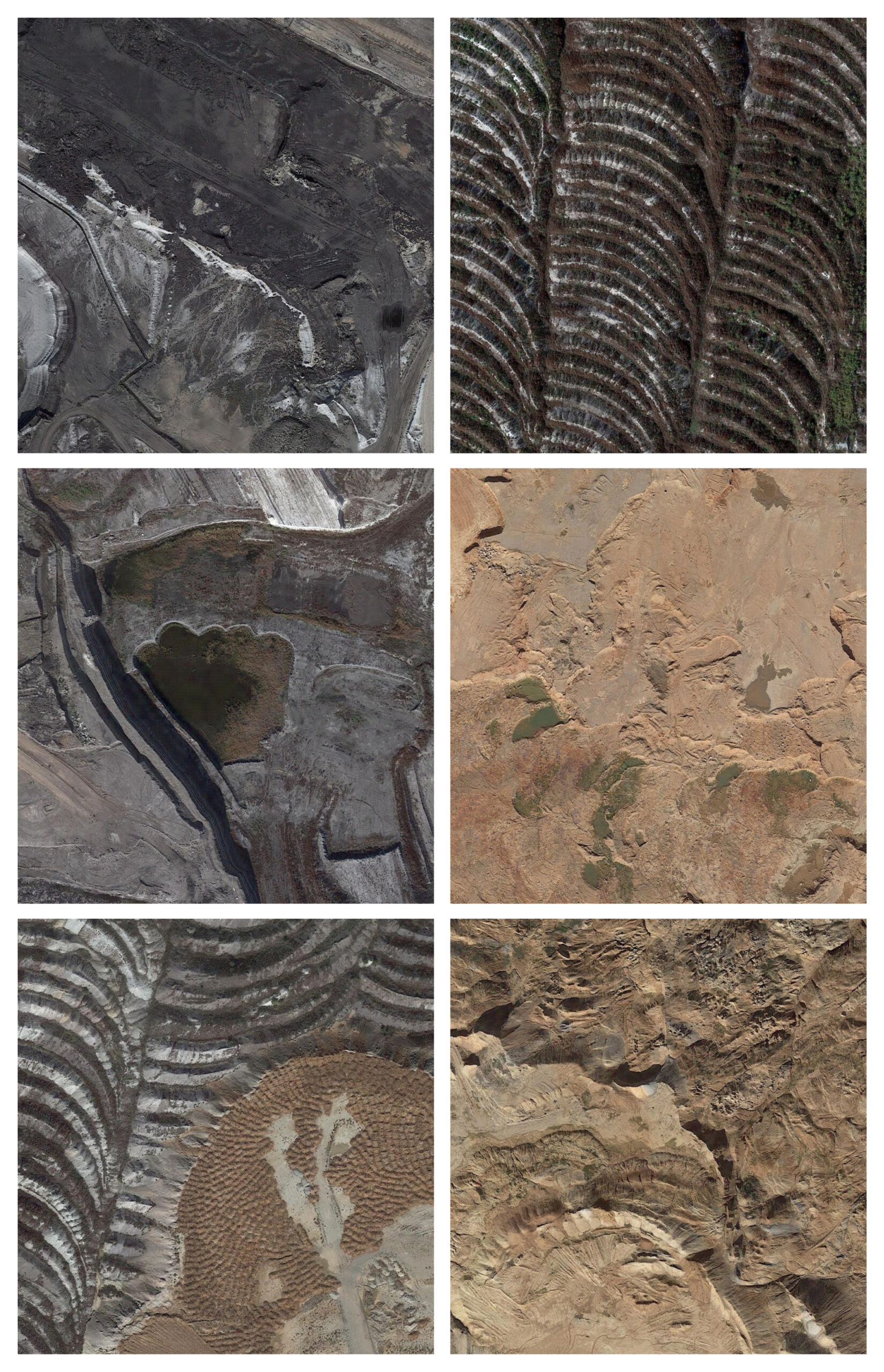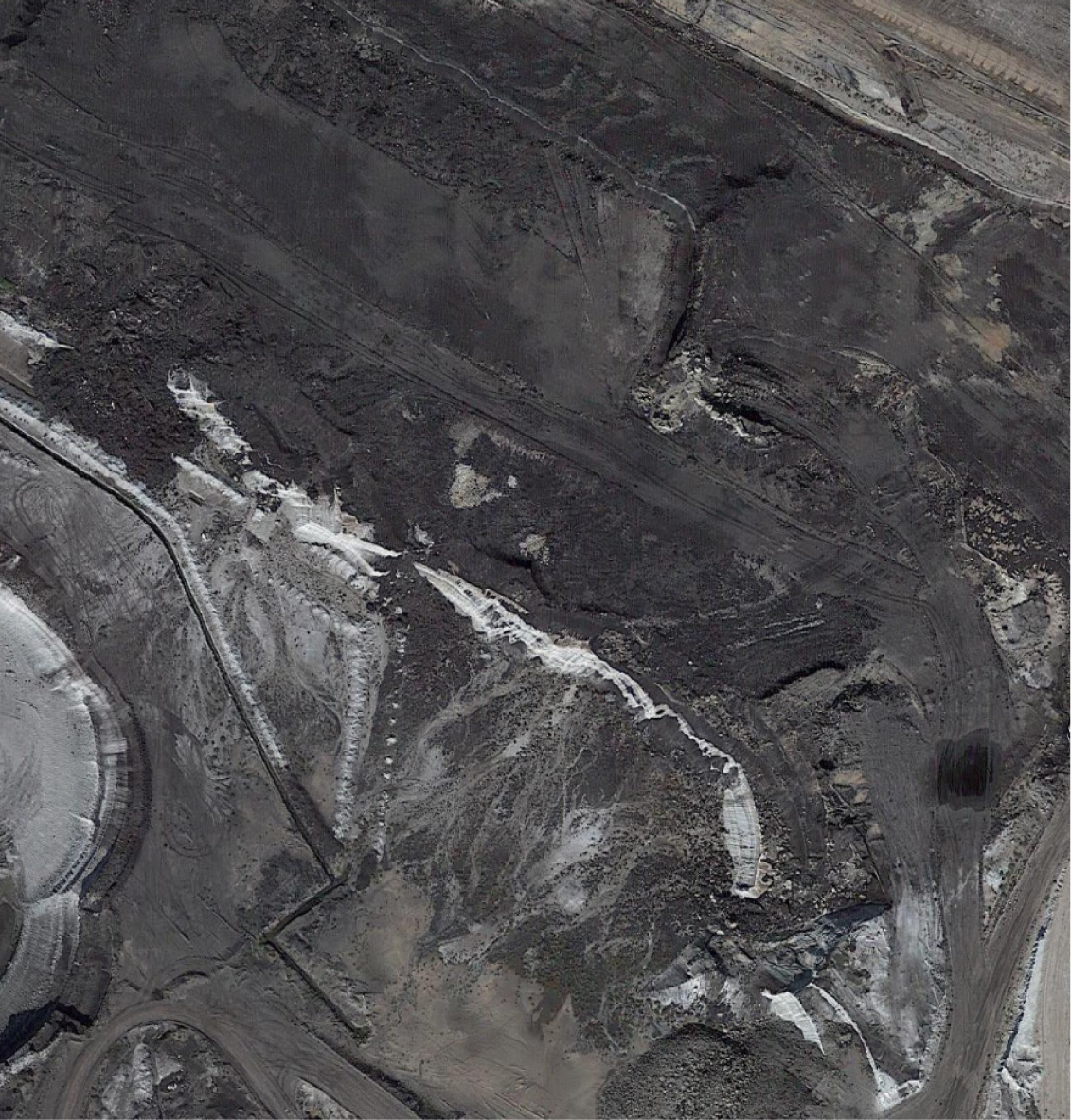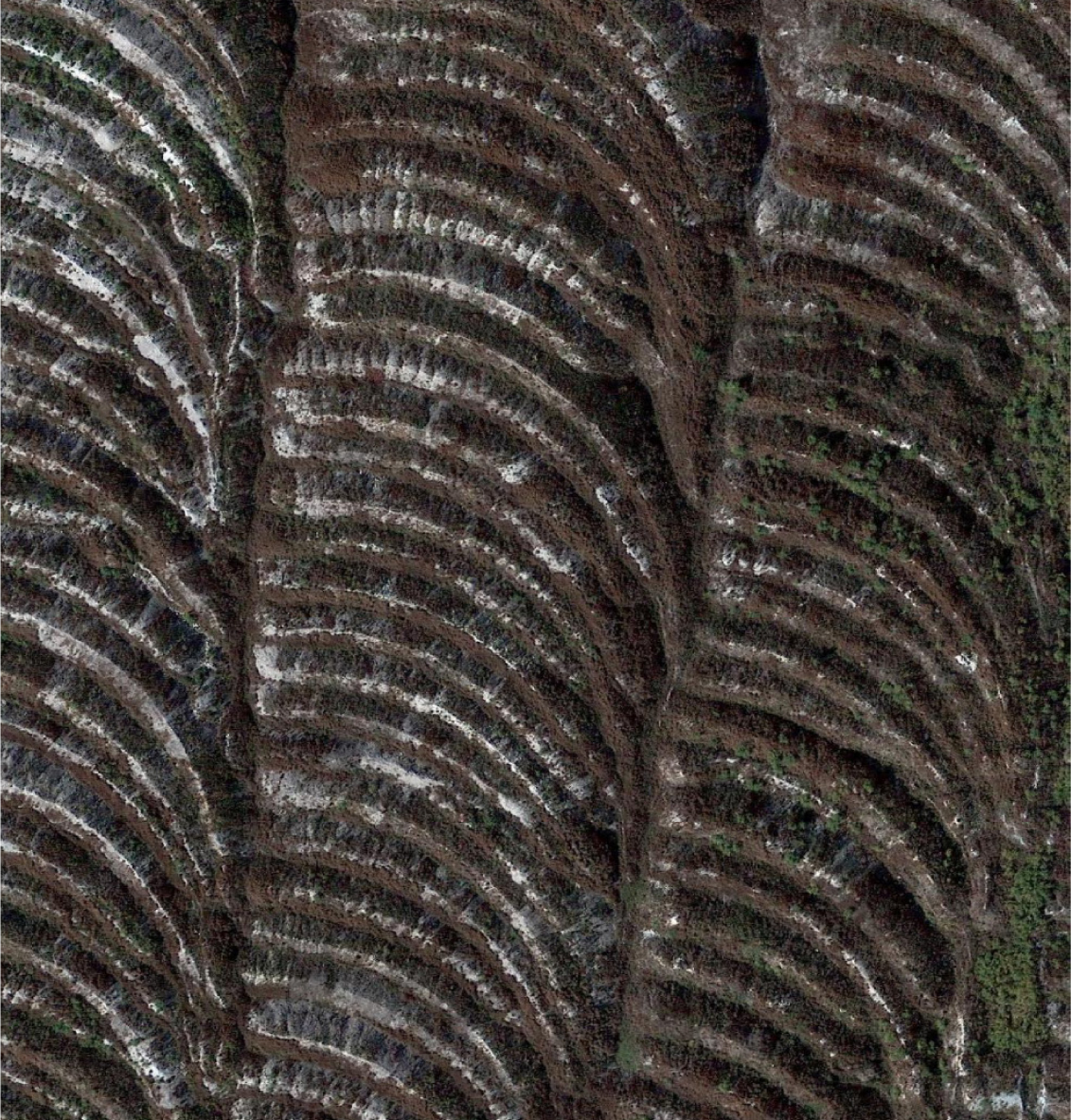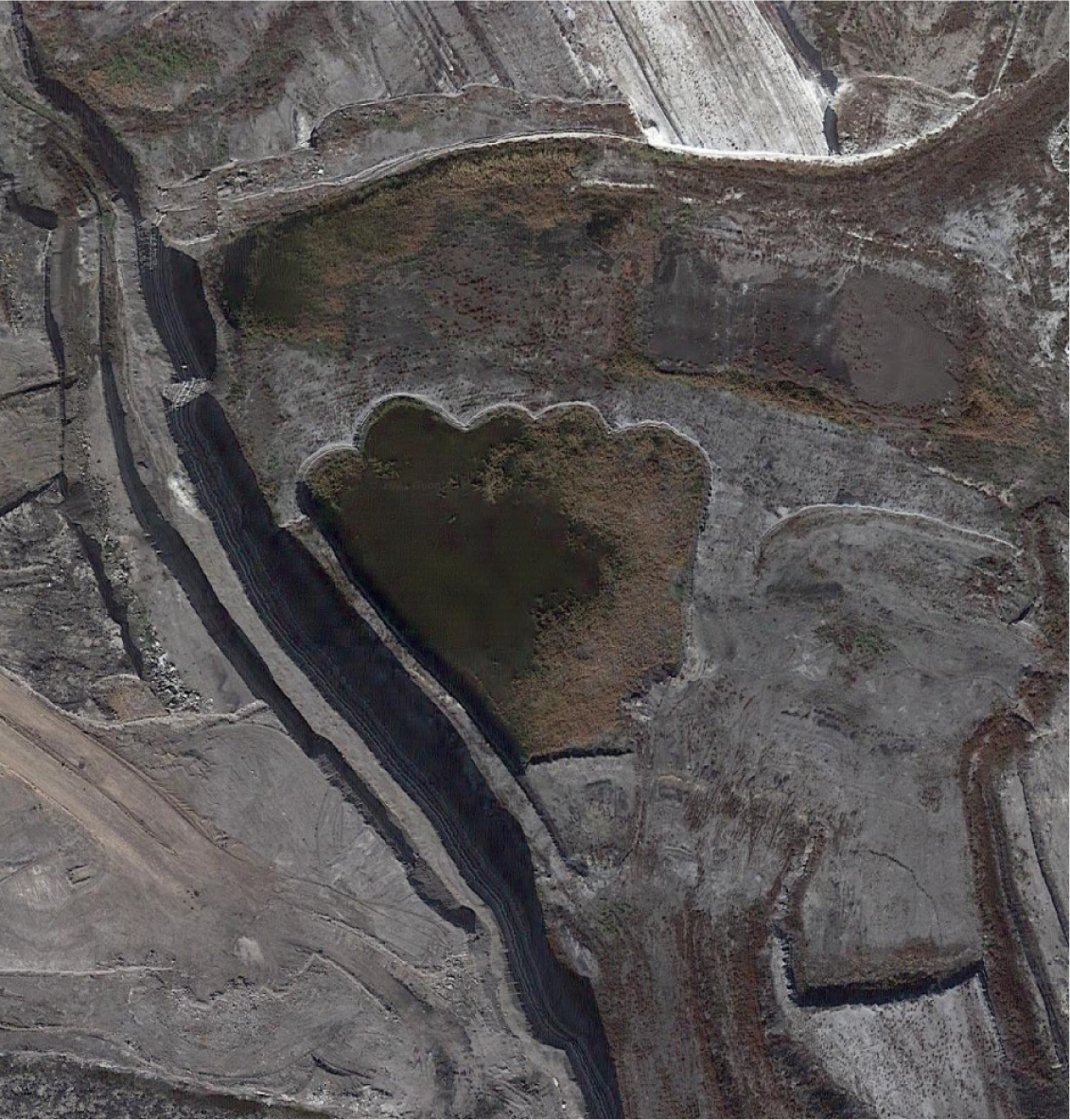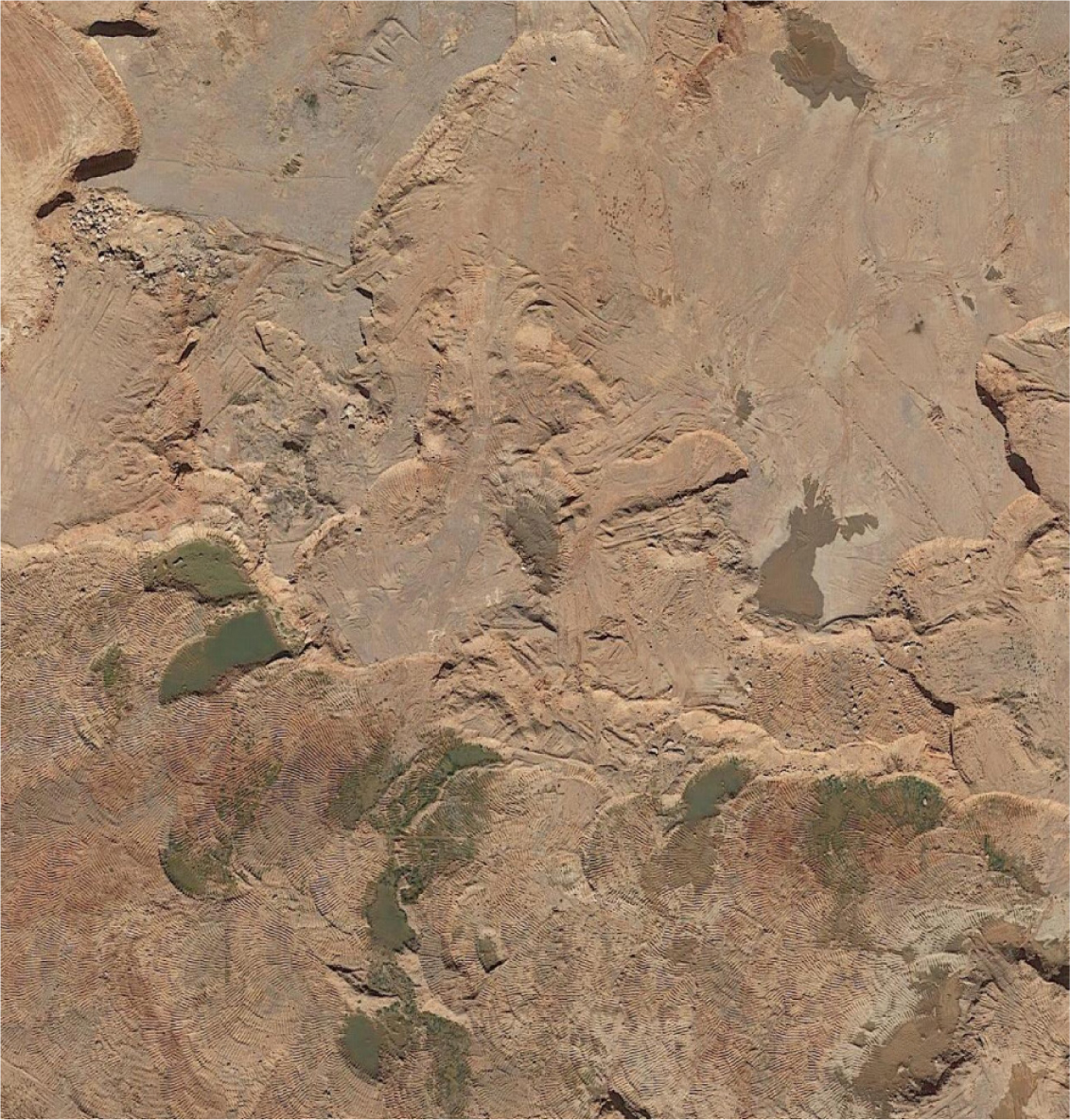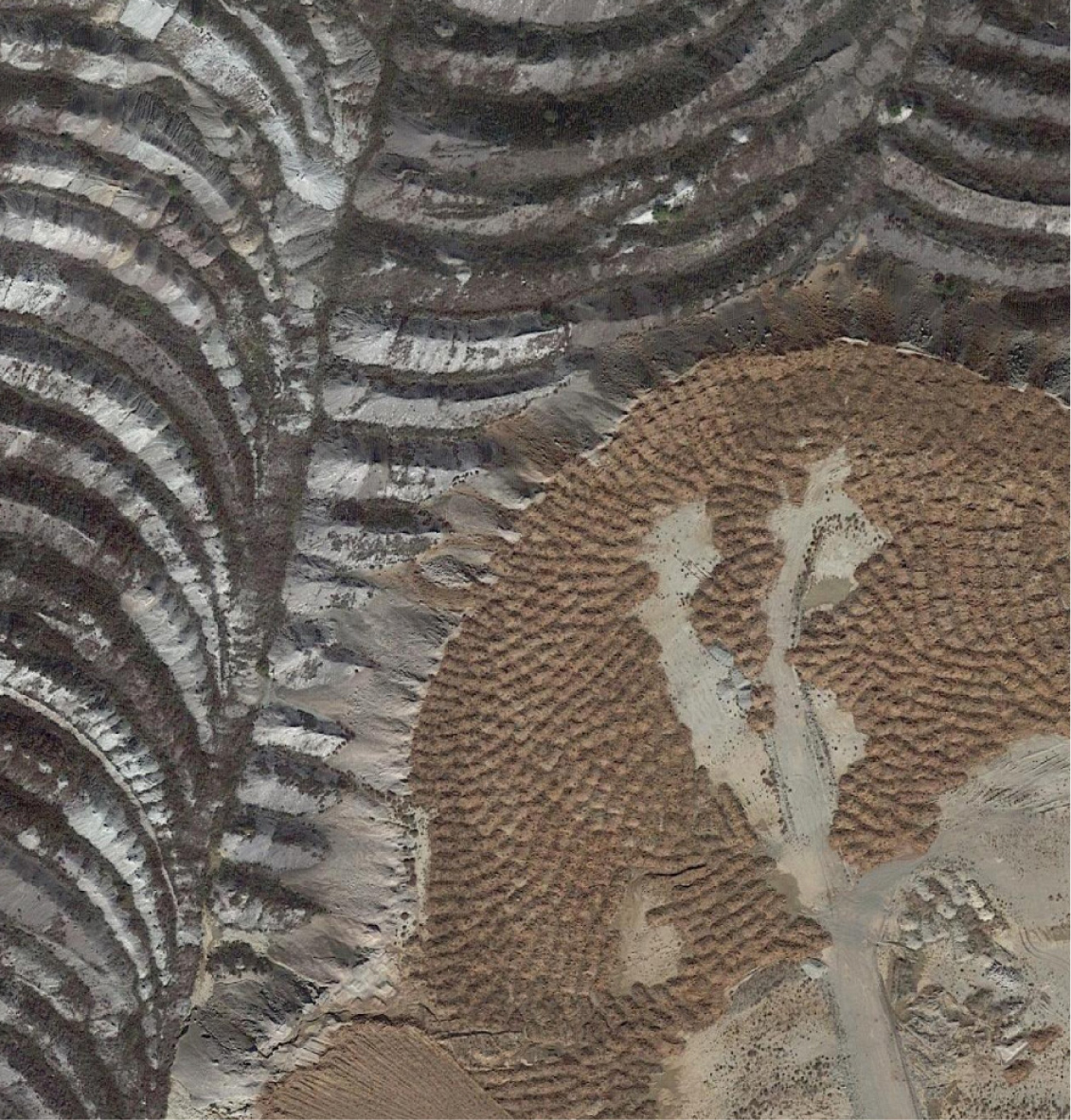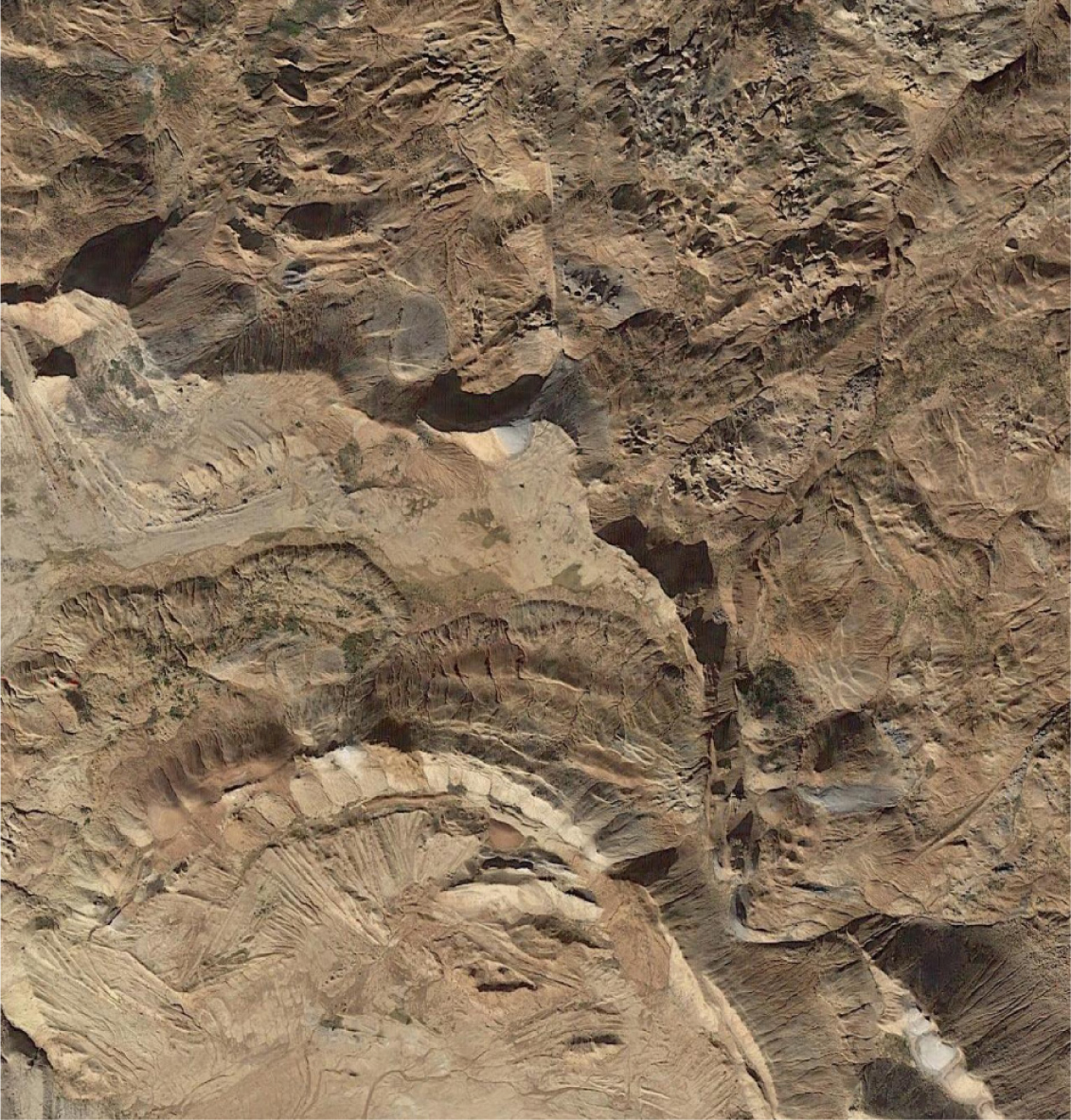60 MINUTES
‘Extraction produces arrangements of matter that disfigure other organic and nonorganic arrangements, such as bodies and land.’[23] Lignite extraction relies on the logic of reallocation. It involves the processes of excavation, transport, and distribution. During its operation, it reshuffles various layers of soil, from vertical order to horizontal arrangement of the overburden. Sediment that can be used as fuel is approximately 27% of what is being excavated. To provide enough fuel for the combustion, the Ptolemaida mine has operated on 3 shifts, 24 hours a day, 7 days a week, for 66 years.
‘The machine itself makes no demands and holds out no promises: it is the human spirit that makes demands and keeps promises. In order to reconquer the machine and subdue it to human purposes,
one must first understand it and assimilate it.’[24]
The pace of work is determined by the pace of the main tool of the extraction, the bucket-wheel excavator. It is a heavy equipment machine, used in open-pit mining operations, which removes approximately 12,500m3 of overburden per hour, with consistent circular turns. The mine of Ptolemaida is equipped with 42 bucket-wheel excavators.[25] Circular cuts, both horizontal and vertical, spiral pits, and numerous shapes of dunes, stretching for over 170 square kilometres, are the result of slow, continuous, simple movements.
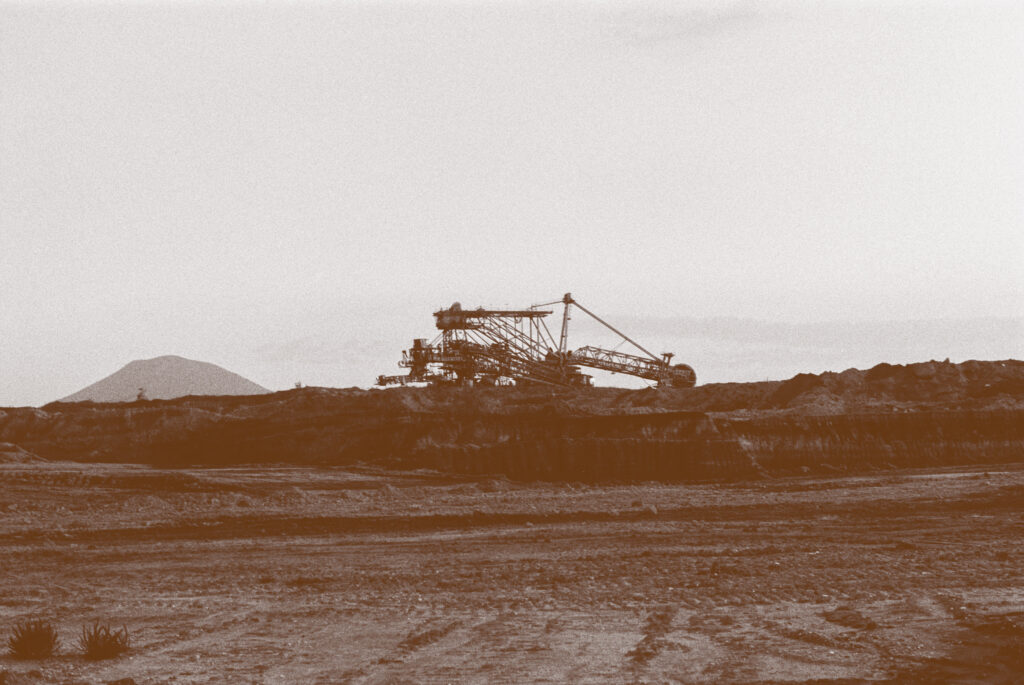
‘If mining unearths the exoskeleton of geologic life to produce the nowness (or the now, now, temporality) of contemporary life (its energy and communication networks, its highways and pathways), it also creates an opening and the passageways of unintended fractures—fissures—that lead into other undergrounds.’[26] For every million tons of lignite produced, 185 jobs are maintained in the mining-energy sector and 725 jobs are created in the local labour market.[27] Currently, the Ptolemaida mine creates employment for around 3200 people, giving workers approximately 680 Euro per month.[28] Due to the extreme mono-functionality of the region, it is often the only choice for the people willing to live there. Successive generations are being involved in the extraction operations, which frequently take a toll on their health. Premature paternal deaths due to cancer, force workers to follow their fathers’ paths, as there is a lack of other job opportunities.[29] Each hour contributes to the cycle of dependencies and differences between city and non-city.
Small time-crystals accumulate, producing a hollow landscape. Economic dynamics, machinery, and people are involved in the relation of demand and supply. With each hour, the energy usage, essential to the urbanization processes, cuts out a consecutive piece of land, geophysically transforming it for millennia. Cities, located hundreds of kilometres from the Ptolemaida mine, have a direct influence on the economy, ecology, and sociology of the region. That influence is instant and, more precise, has the speed of the electric current. One of the essential characteristics of energy logistics is the inability of storing, leaving no margins for the supply and demand chain. The production of electricity is a direct response to the usage of a single moment. In that respect, flipping a switch in Athens or Thessaloniki can cause the turbine of the Agios Dimitrios Power Plant to start spinning. This is often used as an argument by the Public Power Corporation when exerting pressure on workers and inhabitants of surrounding villages, namely that threatening any operational disruptions may cause power outages in the country. This illustrates the fragility of the region, being a ‘sacrifice zone’,[30] entangled in the toxic process of supplying profit-oriented capitalism.
